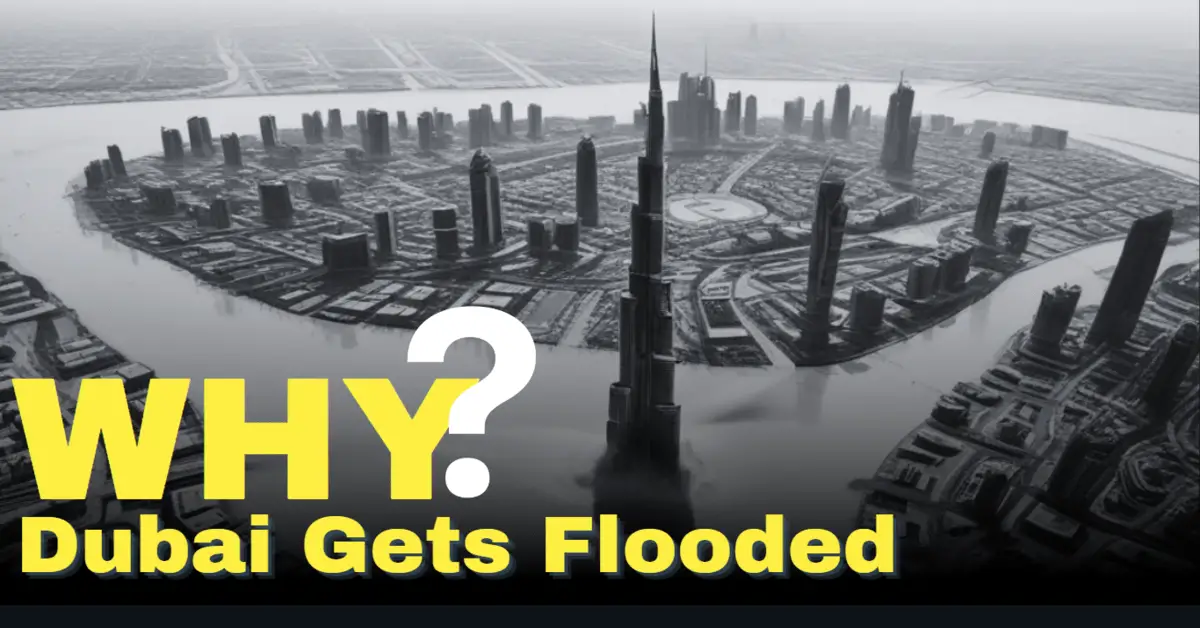Dubai, a desert city known for its arid climate, faced an unusual weather event on Tuesday with heavy rainfall causing flooding in various parts of the city, including major highways and the international airport. Here we will try to understand Why Dubai Gets Flooded?
Why Dubai Gets Flooded?
Reason 1: Unusual Weather Patterns
The heavy rainfall in Dubai was part of a larger storm system moving across the Arabian Peninsula and into the Gulf of Oman, affecting neighboring Oman and southeastern Iran as well. This unusual weather pattern is believed to be influenced by climate change, according to experts.
Reason 2: Impact of Climate Change
Climate scientist Friederike Otto from the Grantham Institute for Climate Change at Imperial College London stated that human-induced climate change likely intensified the rainfall. Otto highlighted the increasing influence of global warming on extreme weather events like the heavy rains in Oman and Dubai.
Reason 3: Cloud Seeding as a Contributing Factor
Cloud seeding, a technique used to enhance rainfall, also played a role in the heavy rainfall in Dubai. The UAE has been conducting cloud seeding operations since 2002 to address water security issues. This process involves introducing chemicals and particles into clouds to stimulate rainfall.
Conclusion
The heavy rainfall in Dubai, resulting in flooding and disruptions, underscores the complex relationship between natural weather patterns and human activities. Immediate measures such as cloud seeding can induce rain, but addressing underlying factors like climate change is essential to mitigate the risks of future extreme weather events.
Also Read: Packing Tips for International Travel
FAQs
1. How common is heavy rainfall in Dubai?
A: Heavy rainfall in Dubai is relatively uncommon, as the city typically experiences minimal annual precipitation.
2. What impact did the heavy rainfall have on Dubai?
A: The heavy rainfall caused flooding on major highways and parts of the international airport, disrupting transportation and daily life.
3. How does cloud seeding work?
A: Cloud seeding involves introducing chemicals or particles into clouds to stimulate the formation of raindrops, increasing rainfall.
4. What is the significance of climate change in extreme weather events?
A: Climate change is increasingly affecting the intensity and frequency of extreme weather events, including heavy rainfall and flooding.
5. What measures can be taken to mitigate the impact of heavy rainfall in urban areas?
A: Improving drainage systems, implementing sustainable urban planning practices, and addressing climate change are key measures to mitigate the impact of heavy rainfall in urban areas.
Also Read: Top July Travel Destinations Around the Globe



